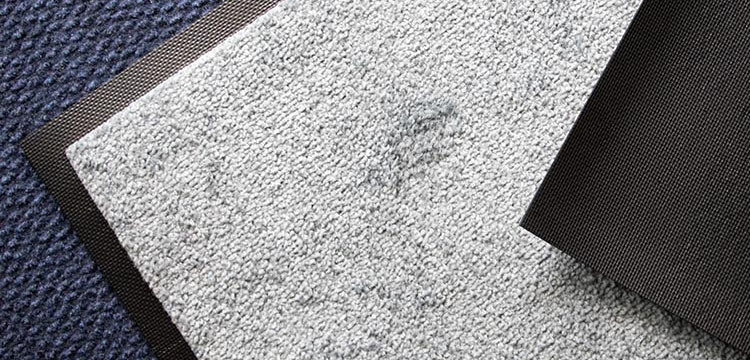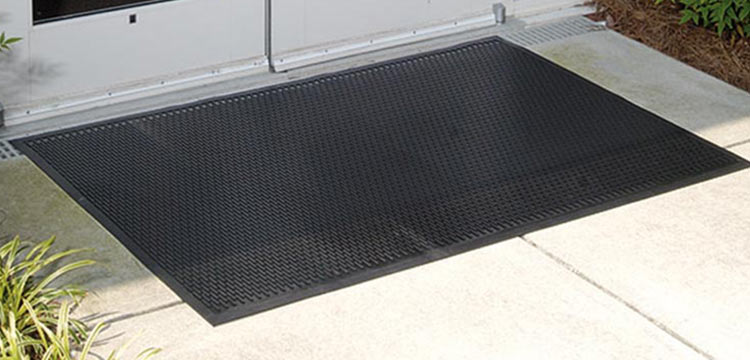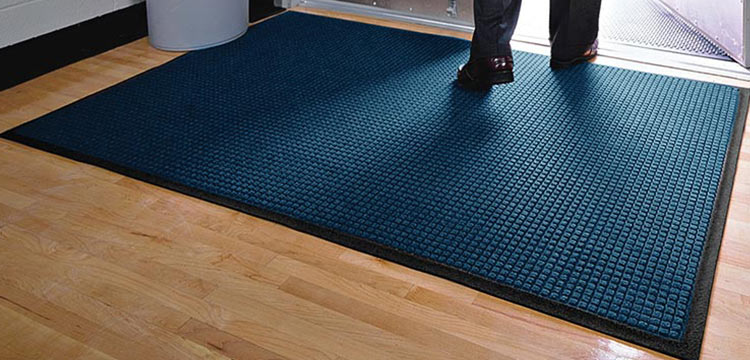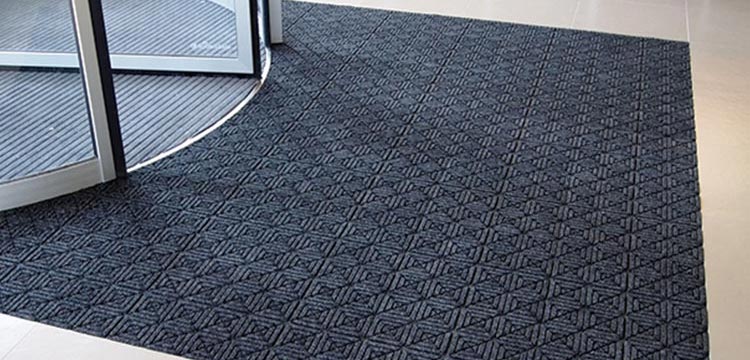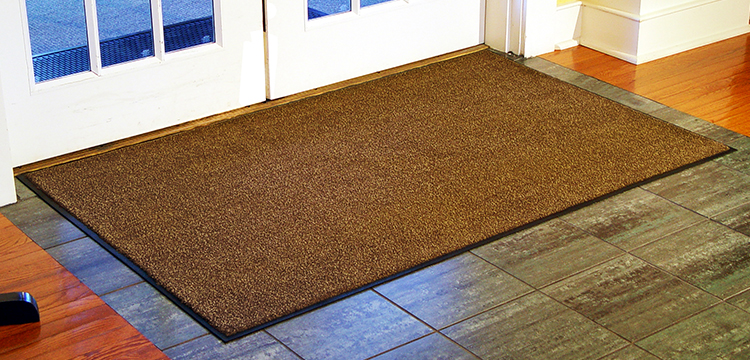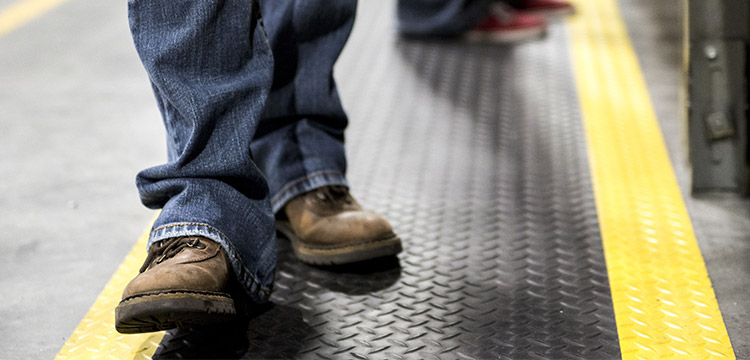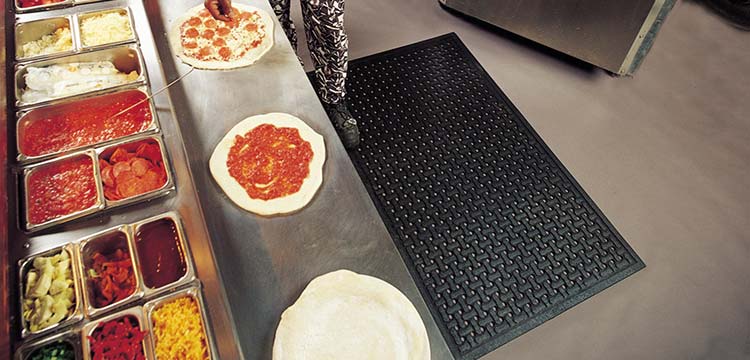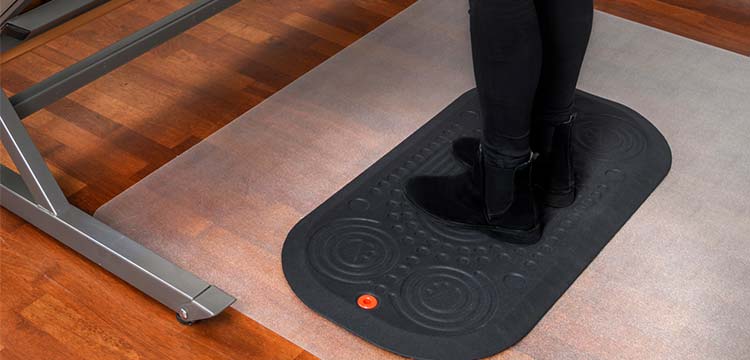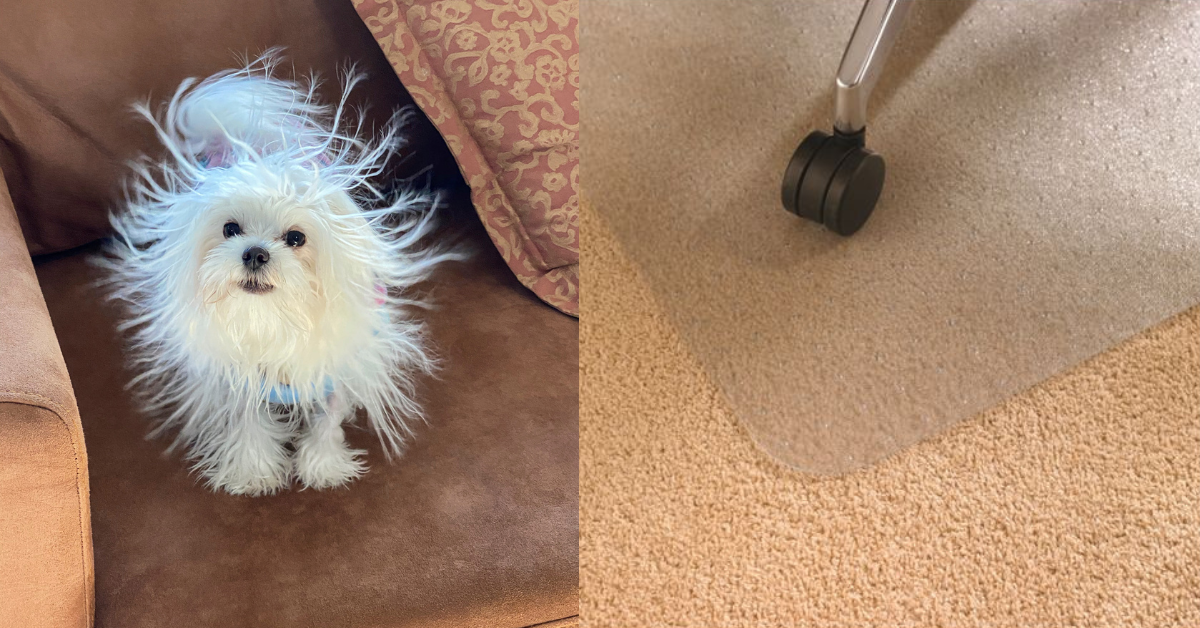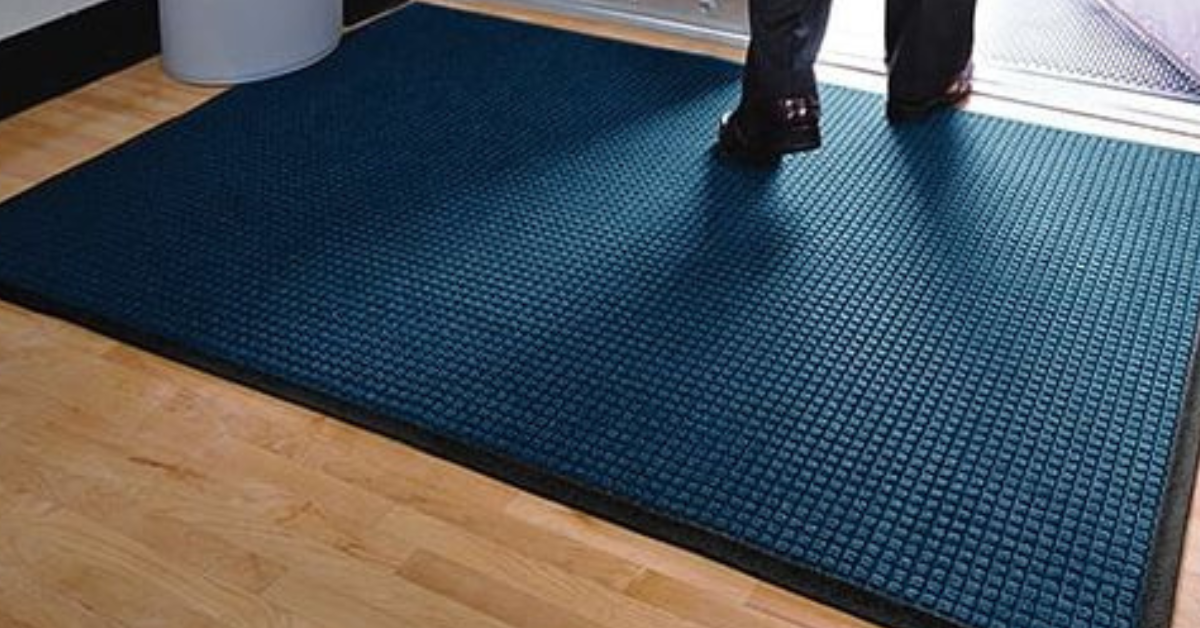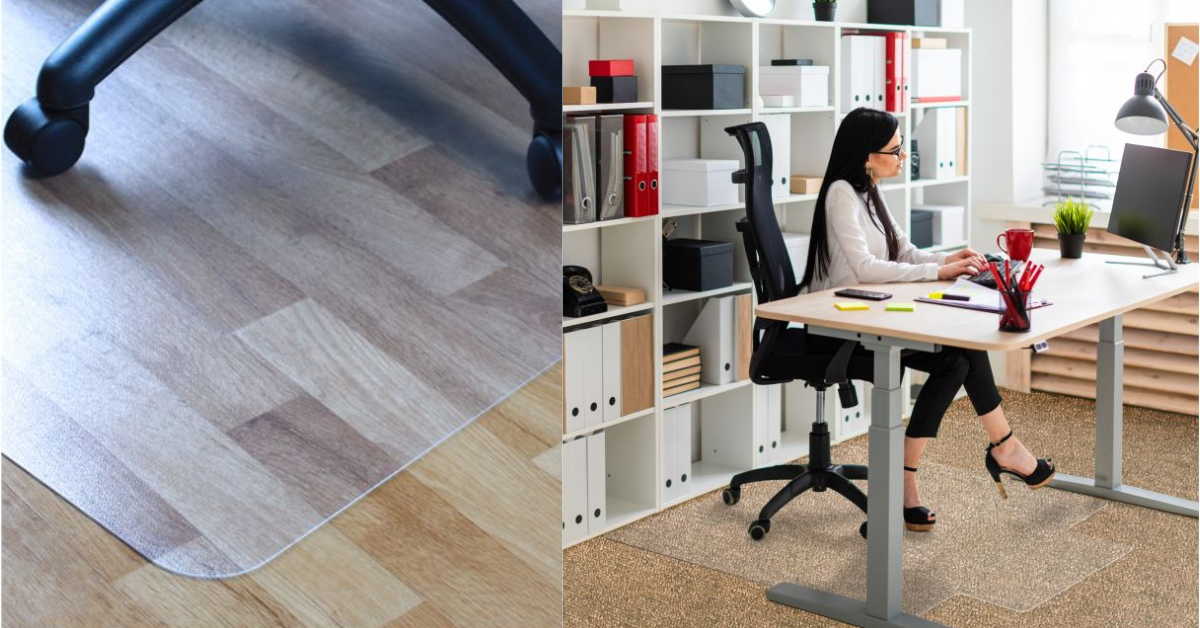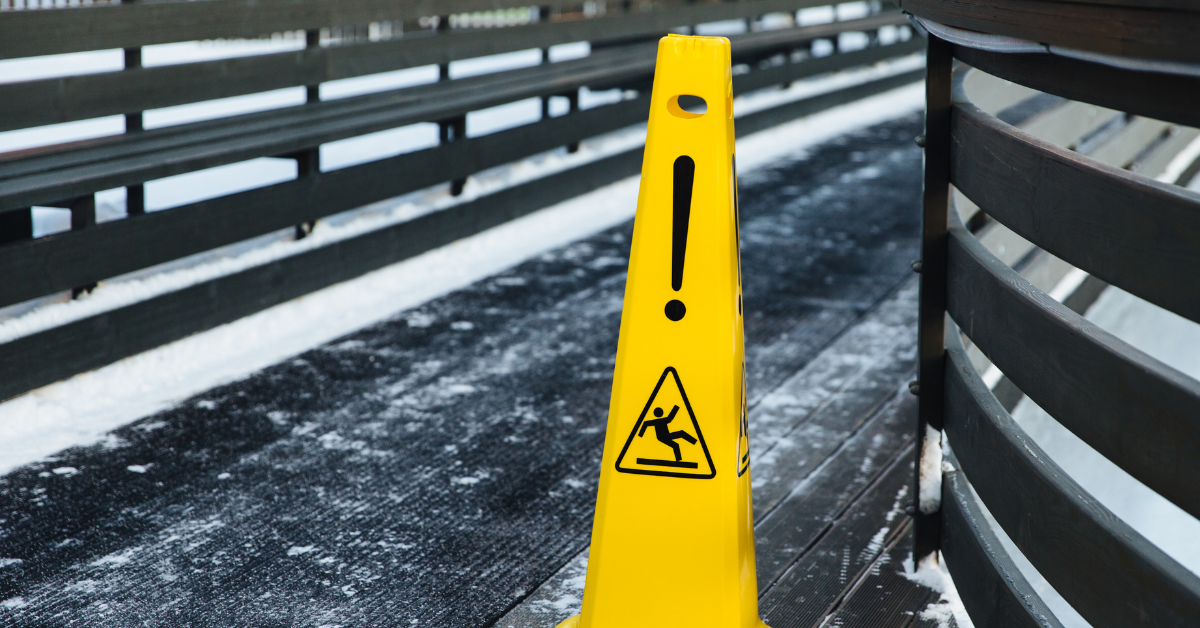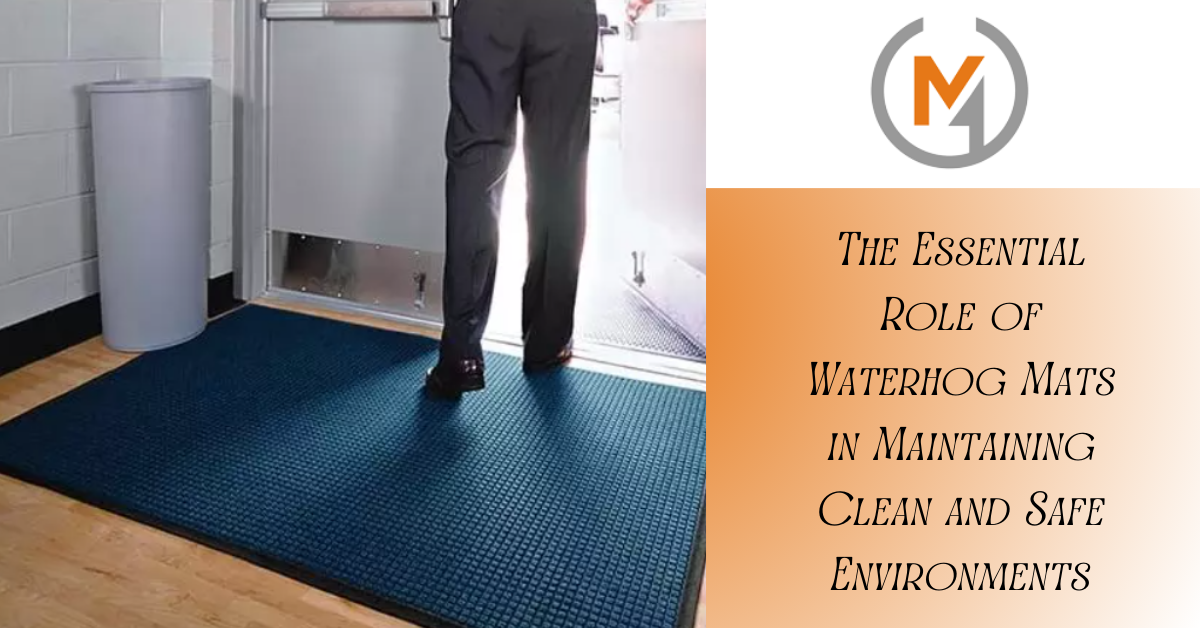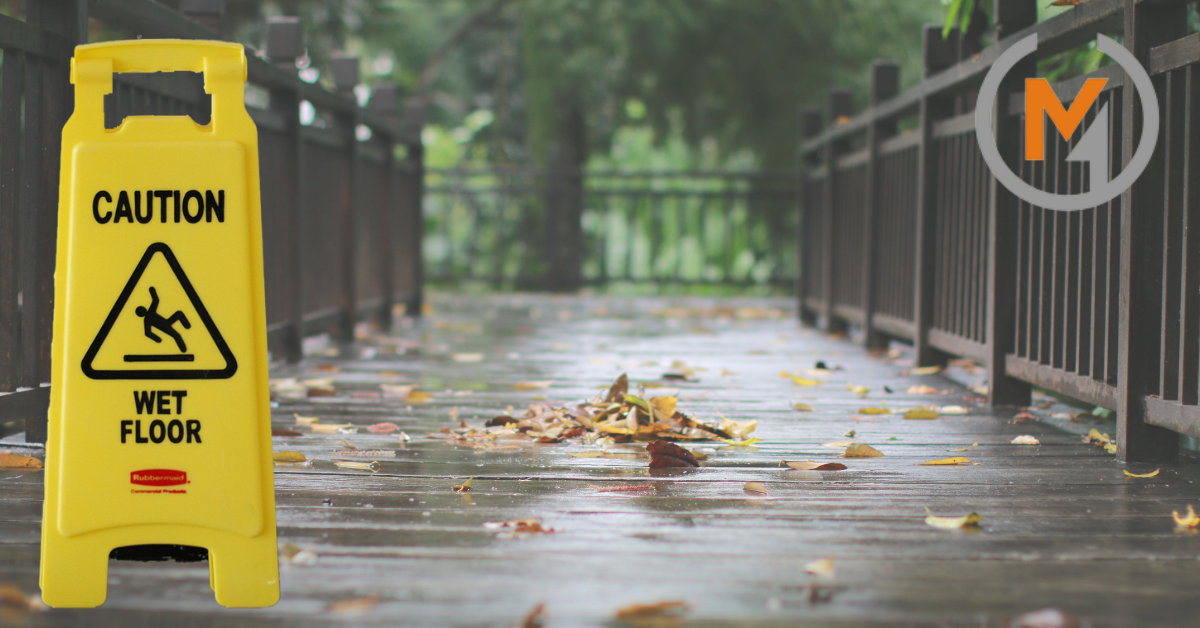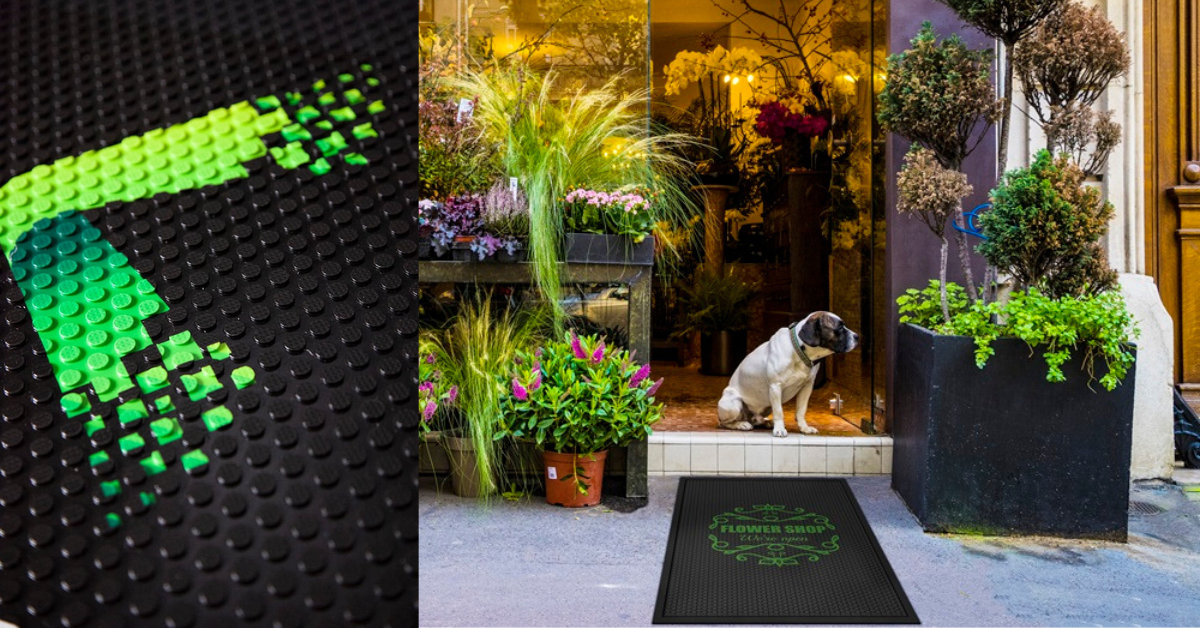How To Install Forklift Mat?
- Mats4U Blogger
- Blog
- 20 Jul 2023
- views
Forklift mats are an essential investment for protecting your facility's floors from damage caused by heavy equipment and ensuring a safe work environment. Properly installing these mats is crucial for their effectiveness and longevity. In this step-by-step guide, we'll walk you through the process of installing forklift mats, whether they are rubber, polyurethane, or composite mats, to safeguard your floors and improve operational efficiency.
Contents:
- How to install forklift matting
- How can you prevent forklifts from skidding?
- Where can forklift truck mats be used?
- What are the benefits of forklift matting?
- How should forklift matting be cleaned and maintained?
Installing Forklift Matting
Installing forklift matting is a breeze and requires no specialized equipment. Here are 9 simple steps t follow for an effective installation process
Step 1: Measure and Prepare Before installing the forklift mats, accurately measure the areas where you want to place them. Consider high-traffic paths, loading docks, and other areas where forklifts frequently operate. Clean the floor surface thoroughly to remove any dirt, debris, or grease that could interfere with the mat's adhesion.

Step 2: Begin by thoroughly degreasing the back of each mat to ensure a clean surface.
Step 3: Apply double-sided adhesive tape across the back of each mat, ensuring complete coverage.
Step 4: Make sure the tape is firmly adhered to the mat’s surface for a secure bond.
Step 5: Peel off the tape backing and carefully lay the mats into their designated positions, ensuring the floor is clean and dry beforehand.
Step 6: Press each mat firmly into place to ensure proper adhesion
Step 7: For a neat finish, place the mat up against each other
Step 8: If available, use a heavy floor roller to maximize the bond between the mats and the floor.
Step 9: With the forklift matting securely installed, you can now confidently use it for forklift trucks at your facility, knowing that slip accidents are effectively prevented
How can you prevent a forklift from skidding?
Using forklift mats is an effective solution to prevent forklift skidding and enhance overall safety. Forklift mats, also known as floor protectors or traction mats, are specifically designed to improve grip and stability for forklifts, reducing the risk of skidding on smooth or slippery surfaces. Here's how forklift mats help prevent skidding:
Improved traction: Forklift mats are made from materials with excellent traction properties, such as rubber or polyurethane. When placed on the floor, they provide a better grip for the forklift's tires, reducing the likelihood of skidding, especially on wet or oily surfaces.
Even surface: Forklift mats help create a more even surface, which contributes to smoother forklift operations. Uneven or damaged floors can lead to skidding, but the mats act as a protective layer and level out potential hazards.
Absorption of liquids: Forklift mats can absorb spills and leaks, preventing them from spreading on the floor and creating slippery conditions that may cause skidding.
Cushioning impact: Forklift mats offer some degree of shock absorption, reducing the impact on the forklift's tires when travelling over uneven surfaces. This cushioning effect helps maintain tire traction and stability.
Easy installation: Forklift mats are typically easy to install and remove. They can be placed strategically in high-traffic areas or spots prone to skidding, ensuring maximum skid resistance where it is needed most.
Durability: High-quality forklift mats are designed to withstand the weight and movement of forklifts and other heavy equipment. They can endure frequent use without losing their traction properties, providing reliable skid prevention over time.
Versatility: Forklift mats can be used in various environments, including warehouses, manufacturing facilities, loading docks, and outdoor areas, offering skid resistance in diverse work settings.
By incorporating forklift mats into your workplace, you create an additional layer of skid prevention, complementing safe driving practices and proper forklift maintenance. They are an excellent investment in safety, helping to minimize accidents and injuries caused by skidding forklifts.
Where can forklift mats be used?
Forklift truck mats, also known as forklift mats or forklift floor protectors, can be used in various settings to provide protection for the floor and improve the performance and safety of forklift operations.
Warehouses: Forklift mats are commonly used in warehouses where forklifts are extensively used to move heavy pallets and goods. They protect the warehouse floors from damage caused by the constant movement of forklifts, such as scratches, cracks, and wear.
Manufacturing facilities: Factories and manufacturing plants often have concrete or epoxy floors that can be vulnerable to damage from heavy forklift traffic. Forklift mats help prevent abrasion and reduce maintenance costs.
Distribution centres: Distribution centres with high forklift activity benefit from using mats to protect the flooring and ensure a smooth operation.
Retail stores: In large retail stores with heavy inventory, forklifts are used to transport goods from the storage area to the sales floor. Forklift mats can help safeguard the store's flooring, especially in high-traffic areas.
Construction sites: Construction sites often have uneven or rough terrain where forklifts may operate. Placing mats in such areas can help level the ground and prevent damage to the forklift and the surface.
Exhibition halls and event venues: Forklifts are used to move equipment, exhibits, and materials during events. Mats can protect the floors from scuffs and scratches while ensuring smooth and safe forklift movement.
Outdoor facilities: In outdoor settings like loading docks and open yards, forklift mats can protect the ground and enhance traction during inclement weather conditions.
Cold storage facilities: In refrigerated or freezer environments, forklift mats can provide insulation and protection from harsh conditions, preserving the flooring and preventing slips due to condensation.
Workshops and garages: In workshops and garages with concrete or epoxy floors, forklift mats can protect the flooring from oil spills and other potential hazards.
Forklift truck mats come in various materials, such as rubber, polyurethane, or composite materials, and are designed to withstand the weight and movement of forklifts while protecting the underlying surfaces. They play a crucial role in extending the life of floors, reducing maintenance costs, and enhancing safety in environments with forklift operations.
What is the benefit of forklift matting?
Forklift matting provides numerous benefits in environments with frequent forklift usage. These mats offer vital floor protection, acting as a barrier against damage caused by the weight and movement of forklifts, such as scratches and cracks. By preserving the floor, they lead to reduced maintenance costs and substantial long-term savings. Additionally, forklift mats improve safety by enhancing traction and stability, reducing the risk of accidents and creating a smoother surface for pedestrians. Their noise reduction properties contribute to a quieter work atmosphere, while also boosting forklift efficiency. The versatility of these mats allows for indoor and outdoor use, and their easy installation and removal offer added convenience. Overall, forklift matting is a cost-effective solution that not only extends the life of the equipment but also ensures a safer, more efficient, and visually appealing work environment
How should forklift matting be cleaned and maintained?
Proper cleaning and maintenance of forklift matting are essential to ensure its longevity and effectiveness in protecting the floors and enhancing forklift operations. Here are some guidelines on how to clean and maintain forklift matting:
Regular cleaning: Sweep or vacuum the forklift mats regularly to remove loose dirt, debris, and dust. This prevents these particles from getting ground into the mat fibres and potentially causes damage to the flooring underneath.
Spot cleaning: For spills or stains, clean the affected area immediately using a mild detergent or soap solution and a soft brush or cloth. Avoid using harsh chemicals or abrasive materials that may damage the mat's surface.
Deep cleaning: Periodically, perform a more thorough cleaning of the forklift matting using a pressure washer or hose. Use a mild detergent or specific cleaning products recommended by the mat manufacturer. Rinse thoroughly to remove any detergent residue.
Drying: Allow the forklift mats to dry completely before placing them back into service. Proper drying prevents mold and mildew growth and ensures that the mats remain effective in protecting the floor.
Inspect for damage: Regularly inspect the forklift matting for signs of wear, tear, or damage. Check for any loose edges or fraying. Replace damaged mats promptly to maintain their protective properties.
Avoid excessive heat: Keep the forklift mats away from direct sunlight or other heat sources, as prolonged exposure to high temperatures may cause the material to deteriorate.
Store properly: If you need to remove and store the forklift mats temporarily, store them in a clean and dry area away from sharp objects or heavy equipment that could cause damage.
Rotate mats: If possible, rotate the forklift mats periodically to distribute the wear evenly across all mats. This can extend the lifespan of the matting and maintain its protective qualities.
By following these cleaning and maintenance practices, you can ensure that your forklift matting remains in good condition, providing optimal floor protection and contributing to a safer and more efficient workplace environment.
For more advice on what matting is right for you, contact our customer service team at 0121 313 6748 during standard UK office hours (Mon-Fri, 9am-5pm), alternatively email [email protected]. We endeavor to respond within 1 working day.

